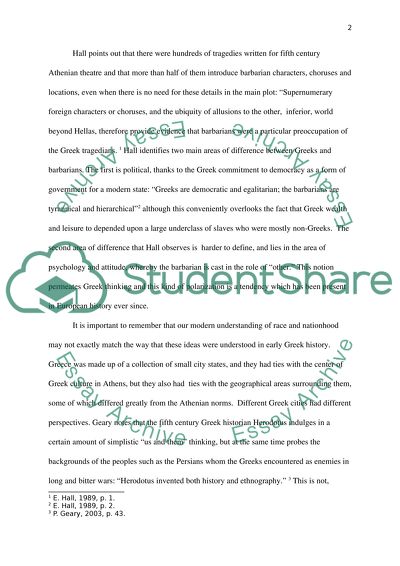Cite this document
(Why Did Greek Writers, Painters and Sculptors Compare and Contrast the Term Paper, n.d.)
Why Did Greek Writers, Painters and Sculptors Compare and Contrast the Term Paper. Retrieved from https://studentshare.org/culture/1412806-how-and-why-did-greek-writers-painters-and-sculptors-compare-and-contrast-the-values-and-virtues-of-greeks-and-barbarians
Why Did Greek Writers, Painters and Sculptors Compare and Contrast the Term Paper. Retrieved from https://studentshare.org/culture/1412806-how-and-why-did-greek-writers-painters-and-sculptors-compare-and-contrast-the-values-and-virtues-of-greeks-and-barbarians
(Why Did Greek Writers, Painters and Sculptors Compare and Contrast the Term Paper)
Why Did Greek Writers, Painters and Sculptors Compare and Contrast the Term Paper. https://studentshare.org/culture/1412806-how-and-why-did-greek-writers-painters-and-sculptors-compare-and-contrast-the-values-and-virtues-of-greeks-and-barbarians.
Why Did Greek Writers, Painters and Sculptors Compare and Contrast the Term Paper. https://studentshare.org/culture/1412806-how-and-why-did-greek-writers-painters-and-sculptors-compare-and-contrast-the-values-and-virtues-of-greeks-and-barbarians.
“Why Did Greek Writers, Painters and Sculptors Compare and Contrast the Term Paper”, n.d. https://studentshare.org/culture/1412806-how-and-why-did-greek-writers-painters-and-sculptors-compare-and-contrast-the-values-and-virtues-of-greeks-and-barbarians.


